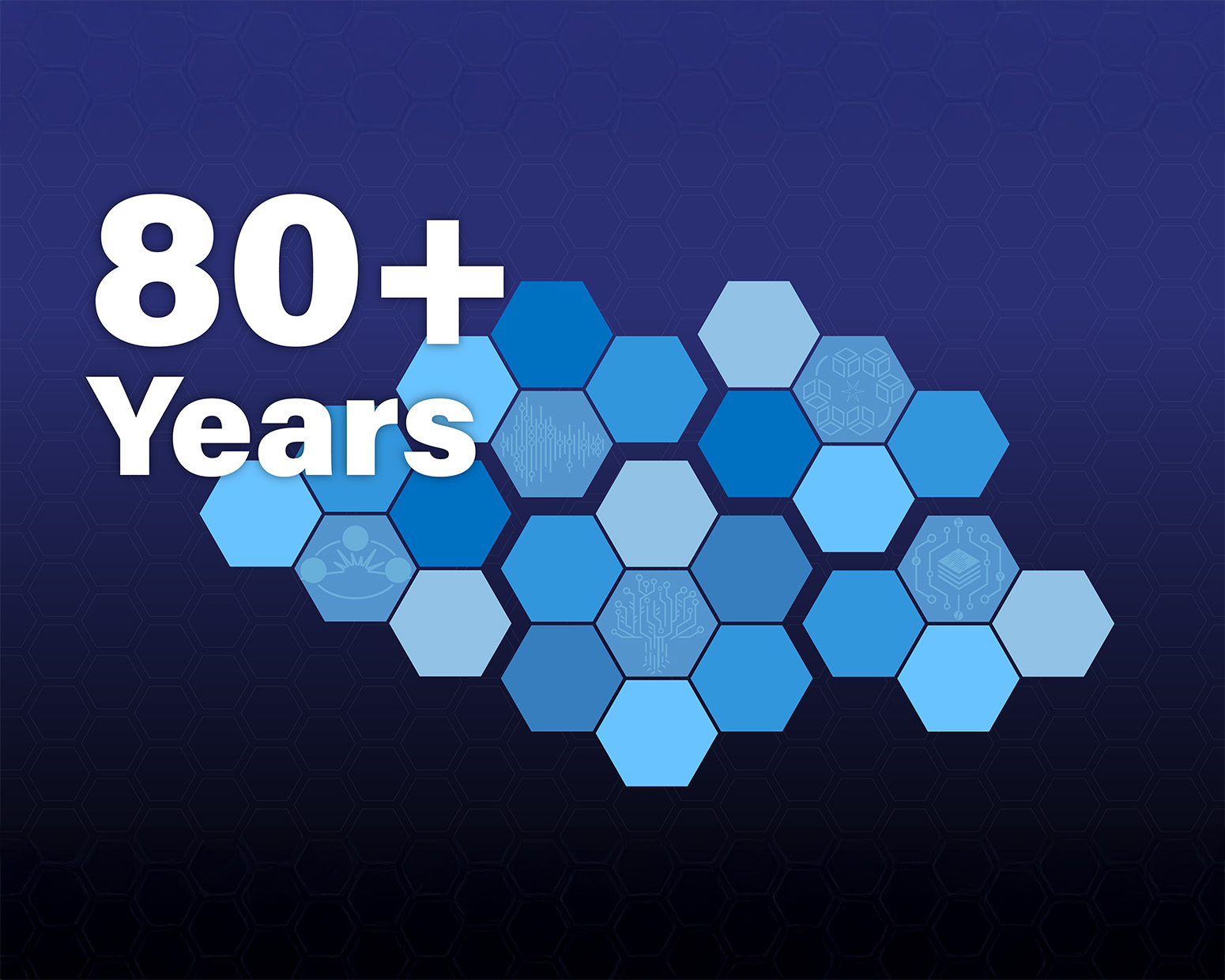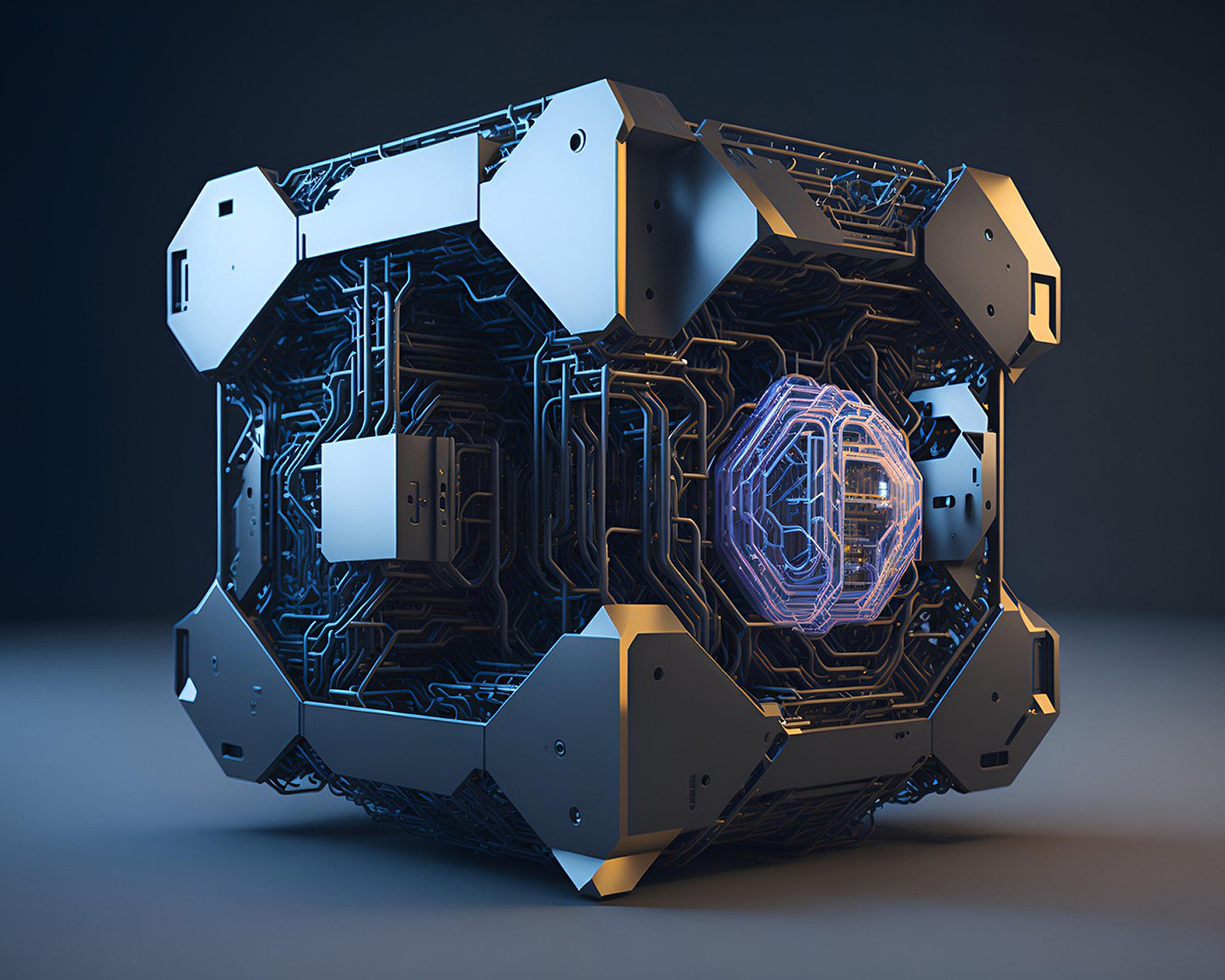Under scrutiny: The neutral charge that gave this particle its name
Scientists will have a new tool to probe neutrinos for electromagnetic properties

Producing a shower of neutrinos at unusually high energies is one aim of the Forward Physics Facility, a proposed underground lab at the Large Hadron Collider in Switzerland. In a recent paper, an international team concluded that the facility’s neutrino detectors could pick up electromagnetic properties with greater sensitivity than previous measurements.
Why this matters: Neutrinos are elusive particles with a supposedly neutral electric charge. However, quantum effects and new physics could induce tiny electromagnetic properties in neutrinos (e.g., a weak electric charge or a fleeting magnetic pull). Discovering new properties of neutrinos could revolutionize our understanding of the universe and perhaps lead to technologies that benefit society.
What they did: The team, including a director’s postdoctoral fellow from Los Alamos National Laboratory (Yu-Dai Tsai), demonstrated that the facility’s detectors can provide more sensitive measurements of the tau neutrino's magnetic moment and millicharge than previous experiments. The capability also would provide fresh opportunities to study high-energy neutrinos.
What’s next: Once the facility is built and open to experiments, the team plans to collect and analyze signals from rare events when neutrinos interact with an atom in the facility’s detector. If they observe more interactions than expected or detect unusual patterns, it could indicate that neutrinos have additional properties, like a small electric charge or magnetic moment, which likely would be a groundbreaking discovery in physics.
Funding: This research is partially supported by the Laboratory Directed Research and Development program at Los Alamos National Laboratory. The European Organization for Nuclear Research (CERN) operates the Large Hadron Collider, the world's largest and highest-energy particle accelerator.
LA-UR-25-26070





